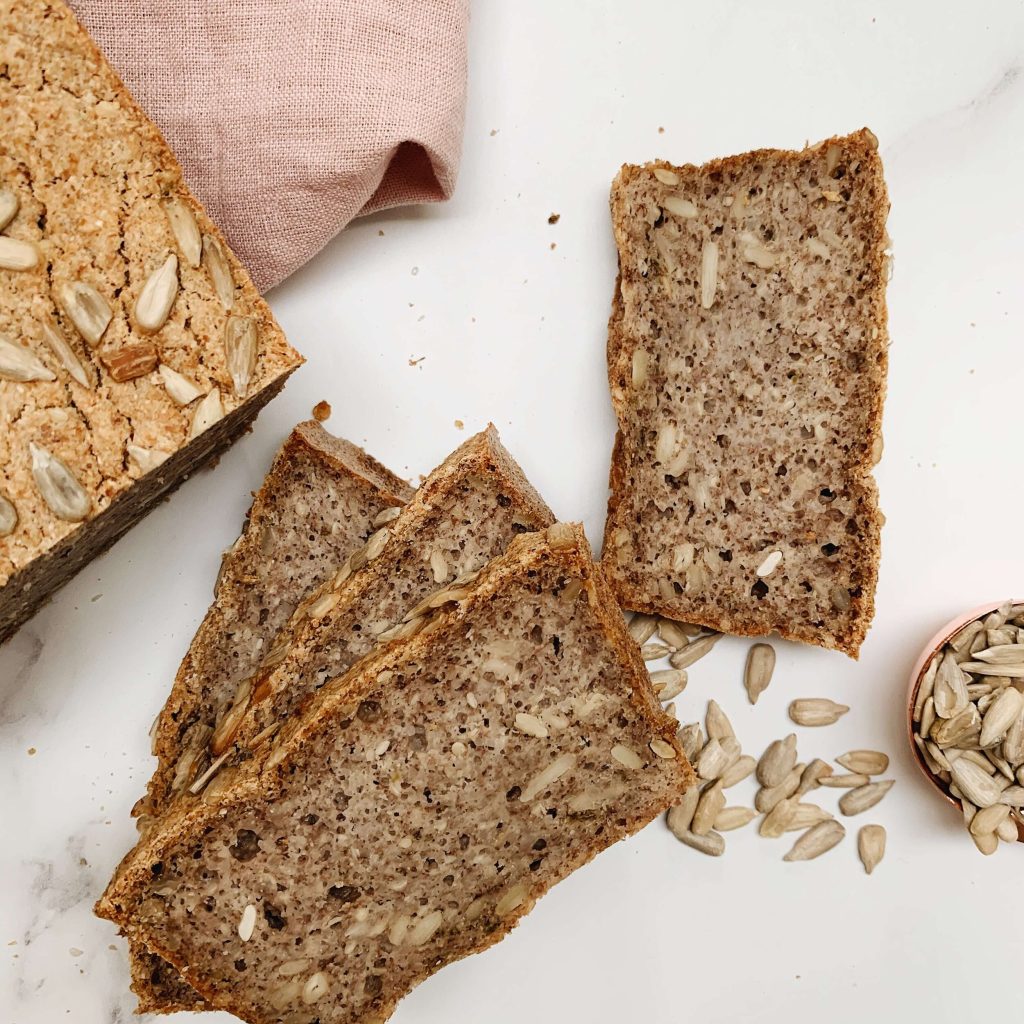
BUCKWHEAT NUTRITION AND BENEFITS
Buckwheat is the new oats in our house! I’ve been loving the easiness of it, different taste and texture. It’s easy to prep, packed with nutrients and naturally gluten free.
WHAT IS BUCKWHEAT?
So, what really is it? By many it is actually considered a superfood, as it’s rich in phytonutrients (aka antioxidants) and unique composition of amino acids (that build protein). Buckwheat is actually a seed, and buckwheat seeds are called groats. It’s not a new food (it’s been around for centuries), but it has recently gained popularity in Europe and the US thanks its gluten-free characteristics and rich nutritional profile.
NUTRITIONAL BENEFITS
A half a cup of cooked buckwheat (around 80-90g) will give you around 3g of protein and 2.5 g of fiber and some vitamins like K and E and also minerals: folate, magnesium and manganese or zinc. The most impressive thing about buckwheat is it’s protein profile and to be specific its amino acids composition. Buckwheat contains a few essential amino acids (like lysine, tryptophan and threonine) that our body cannot produce, so we must take it in the diet. Those essential amino acids are critical as building block for other non-essential amino acids, which in result will create protein in our body. This is especially important to remember if you’re on a vegan or vegetarian diet when protein intake may often need closer attention.
WHY TO EAT BUCKWHEAT?
- Packed with high quality plant protein- being a grain, it has an impressive amount of protein and contains the necessary essential amino acids. It has more protein than any other grain, so if you’re on a plant based diet, this is the staple to keep in mind!
- Fiber helps to improve digestion – buckwheat is such in dietary fibre, which means it will support your digestive system and help you to stay regular.
- Supports heart health and stable blood pressure – some studies have shown that blood sugar levels and, “total cholesterol and triglycerides were decreased following buckwheat intervention”
- Helps to fight disease and supports cells thanks to amount of antioxidants – those are present in buckwheat seeds and whole grain flour, which is great because buckwheat flour is a wonderful baking ingredient!
- Contains complex carbohydrates that makes us feel full for longer (perfect for family breakfast!) – this type of carbohydrates is absorbed into the bloodstream slower than simple sugars, which means it will provide you with a stable energy levels. You won’t get hungry quickly and it will help to keep your blood sugar levels in check.
Meal ideas
Luckily, buckwheat can be added to your diet quite easily! Here are some examples of how to do it:
- Mix it up and swap your next breakfast for this nutritious bowl of buckrridge – check out my recipes for protein and chocolate burridge
- Use as brown rice with a stew or curry
- Make buckwheat groats granola- this is one of my absolute favorites granola recipes!
- Use in homemade granola bars
- Try this easy homemade gluten free bread– just a few ingredients
- Swap with brown rice or mashed potato in any dish